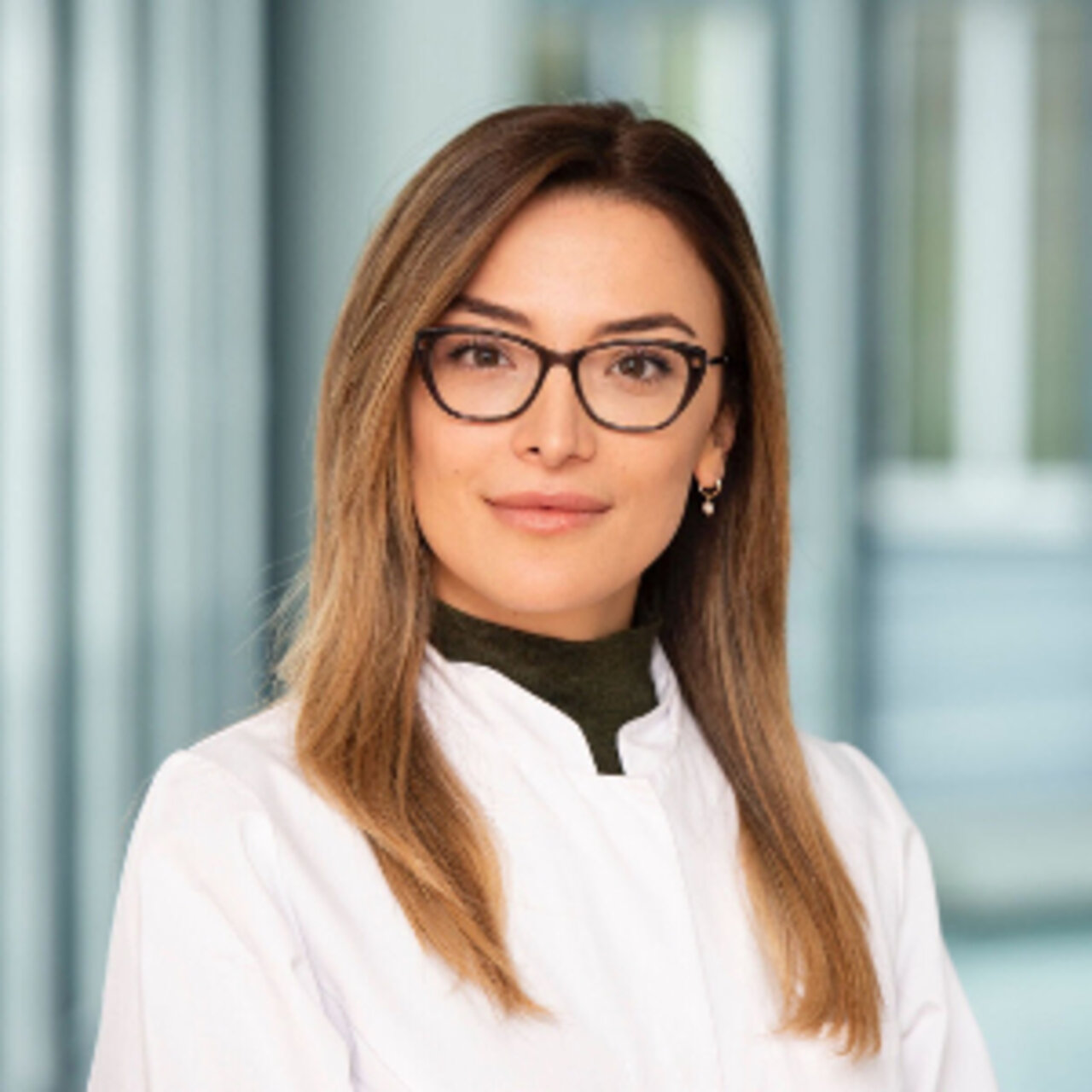Specialists in Atherosclerosis
11 Specialists found
Dr Brunilda Alushi, PhD, FEACVI
Internal Medicine and Cardiology, Prevention and Imaging Diagnostics
Munich
Information About the Field of Atherosclerosis
What is Arteriosclerosis?
Hardening of the arteries, medically called arteriosclerosis, is a chronic disease of the arteries caused by developing deposits (plaques) on the blood vessels' walls. The plaques can consist of blood fats, connective tissue, thrombi, and, to a lesser extent, calcium. This fact gave the disease the popular name "artery calcification."
The arterial walls lose their elasticity and become thicker due to the development of plaques. Blood flow becomes more difficult. As the disease progresses, this leads to circulatory problems and the formation of thrombi (plugs made of blood platelets). In principle, arteriosclerosis can affect all arteries in the body, but it most commonly affects the neck, heart, pelvic, and leg arteries.
Causes: How Does Arteriosclerosis Develop?
The exact mechanism of arteriosclerosis is not yet fully understood. The most important cause is considered to be vessel wall damage of the affected arteries. Several theories explain the occurrence of such damage. One important triggering factor is high blood pressure.
Risk Factors for Atherosclerosis at a Glance:
- High blood pressure
- Obesity
- Diabetes mellitus
- High cholesterol level
- Smoking
Arteriosclerosis Symptoms
Arteriosclerosis usually progresses slowly without symptoms in the early stages. The first symptoms appear at an advanced age. Depending on which vessels are affected, different symptoms may occur.
Coronary artery disease occurs when the coronary arteries are narrowed. If the carotid artery is affected, there is a risk of stroke. If leg or pelvic arteries are involved, it can lead to peripheral arterial disease (pAVK) with severe muscle pain. Erectile dysfunction can also be a sign of arteriosclerosis.
A dreaded consequence of arteriosclerosis is an aneurysm, which is the name given to a bulge in the vessel wall. The aneurysm forms slowly. As the diameter increases, so does the risk of sudden rupture and severe bleeding.
Diagnosis: How is Arteriosclerosis Diagnosed?
The first indications of arteriosclerosis are provided by a simple anamnesis (patient interview) combined with a physical examination. Blood glucose and cholesterol levels are also determined. Further diagnostic measures are linked to the localization of the disease.
- If the carotid artery is affected, it is examined by Doppler sonography (ultrasound examination).
- A standard diagnostic method for coronary artery disease is the exercise electrocardiogram.
- If there is evidence of atherosclerosis of the renal arteries, renal function is checked, and blood and urine tests are performed.
- If there are specific findings, angiography (X-ray examination of the vessels) and intracoronary ultrasound (ultrasound examination of the inner walls of coronary arteries) may still be used.
Arteriosclerosis Treatment
In many cases, a change in lifestyle and drug therapy is sufficient to slow down or stop the disease's progression. In the early stages, the plaques even regress.
Medications for arteriosclerosis treatment are mostly the same as for other cardiovascular diseases: agents to lower blood pressure and cholesterol levels, anticoagulants.
A healthy lifestyle is of particular importance. Plenty of exercises, a healthy diet, avoidance of risk factors such as smoking and obesity produce excellent treatment results.
Surgical interventions by specialists in vascular surgery are mostly used in advanced stages or life-threatening conditions. These include balloon dilatation of the constrictions, stent implantation, bypass surgery, and carotid artery surgery.
What is the Prognosis for Arteriosclerosis?
The prognosis depends very much on how far the disease has already progressed. Since avoiding risk factors alone can lead to a significant improvement, it is particularly important to change the lifestyle as early as possible.
If the first symptoms of the disease have already appeared, it is urgent to consult a doctor. Untreated arteriosclerosis can lead to serious secondary diseases, such as heart attack or stroke.
Sources:
Herold, Gerd: Innere Medizin. Köln, Eigenverlag 2012.
Arasteh, K. ; Baenkler, H.-W. ; Bieber, C. ; et al.: Innere Medizin. Stuttgart, Georg Thieme Verlag KG 2009.










